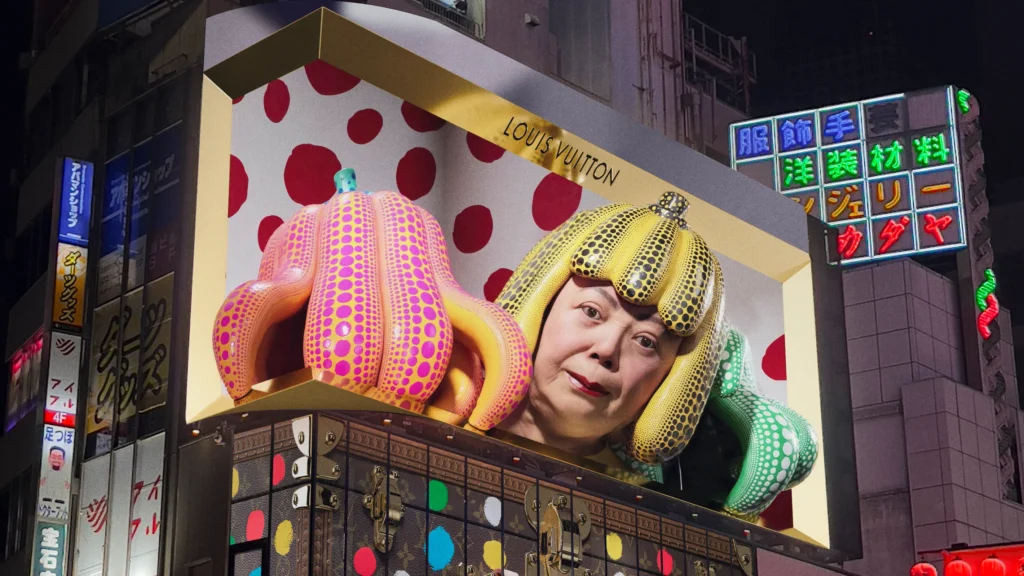Famous Japanese Artists: Discover Masters and Innovators

Japan's artistic heritage spans centuries, blending tradition with modern innovation. From the delicate strokes of ukiyo-e to the avant-garde installations of contemporary creators, Japanese artists have continuously shaped global art trends. Let’s delve into their masterpieces and discover the cities that nurtured their talents.
Historical Masters of Ukiyo-e
Ukiyo-e, the "pictures of the floating world," flourished during the Edo period. This genre immortalized daily life, kabuki actors, and natural landscapes. Among its pioneers:
- Katsushika Hokusai (1760–1849)
Born in Edo (now Tokyo), Hokusai revolutionized ukiyo-e with his series Thirty-Six Views of Mount Fuji. The iconic The Great Wave off Kanagawa remains a global symbol of Japanese art. - Utagawa Hiroshige (1797–1858)
A contemporary of Hokusai, Hiroshige’s The Fifty-Three Stations of the Tokaido captures the journey along Japan's historic Tokaido road. His works influence modern design with their refined composition and use of color.
These artists left an indelible mark, shaping art movements far beyond Japan’s borders.
Modern Japanese Painters
The 20th century saw Japanese artists breaking traditional boundaries. Among the most influential:
- Yayoi Kusama (b. 1929, Matsumoto)
Known as the "Princess of Polka Dots," Kusama’s avant-garde works challenge perceptions of reality. Her Infinity Mirror Rooms and vibrant installations have captivated audiences worldwide. Kusama continues to create from her studio in Tokyo, merging personal struggles with artistic brilliance. - Taro Okamoto (1911–1996, Kawasaki)
A trailblazer in abstract art, Okamoto’s Tower of the Sun is a monument to human evolution. His vibrant, bold works emphasize energy and vitality, resonating with the cultural shifts of post-war Japan.
Contemporary Visual Arts and Photography
The evolution of Japanese art includes groundbreaking photographers and mixed-media artists.
- Nobuyoshi Araki (b. 1940, Tokyo)
Araki’s work blurs the lines between intimacy and provocation. His series Sentimental Journey offers a deeply personal narrative, while Kinbaku explores traditional Japanese bondage art. - Rinko Kawauchi (b. 1972, Shiga)
Kawauchi's photography captures fleeting, poetic moments of everyday life. Her acclaimed series Illuminance and Ametsuchi blend light, texture, and emotion, offering a contemplative view of existence.
Traditional Japanese Calligraphy and Its Modern Influence
Shodō, or Japanese calligraphy, embodies simplicity and elegance. Modern artists like Shikō Munakata infused traditional techniques with abstract expression. Calligraphy’s principles inspire graphic design and modern art globally, symbolizing Japan’s enduring cultural influence.
Music and Performance: Japanese Artists Beyond the Canvas
Japanese artistry isn’t confined to visual mediums.
- Ryuichi Sakamoto (1952–2023, Tokyo), a composer and former member of Yellow Magic Orchestra, combined traditional melodies with electronic music. His scores for The Last Emperor and Merry Christmas, Mr. Lawrence earned global acclaim.
- Yoshiki Hayashi (b. 1965, Tateyama), the driving force behind X Japan, fuses classical piano with heavy metal. His performances exemplify Japan’s innovative spirit in blending genres.
FAQs About Japanese Artists
Conclusion
Japanese artists, past and present, continue to redefine artistic boundaries while honoring their rich cultural heritage. From Hokusai’s waves to Kusama’s endless dots, their works invite us into worlds both serene and provocative. As their legacies evolve, they remind us of art’s power to transcend time and space, connecting people across generations and continents.
If you want to discover other articles similar to Famous Japanese Artists: Discover Masters and Innovators, you can visit the Japanese Art, Culture & Entertainment category.
Leave a Reply
More Related Posts